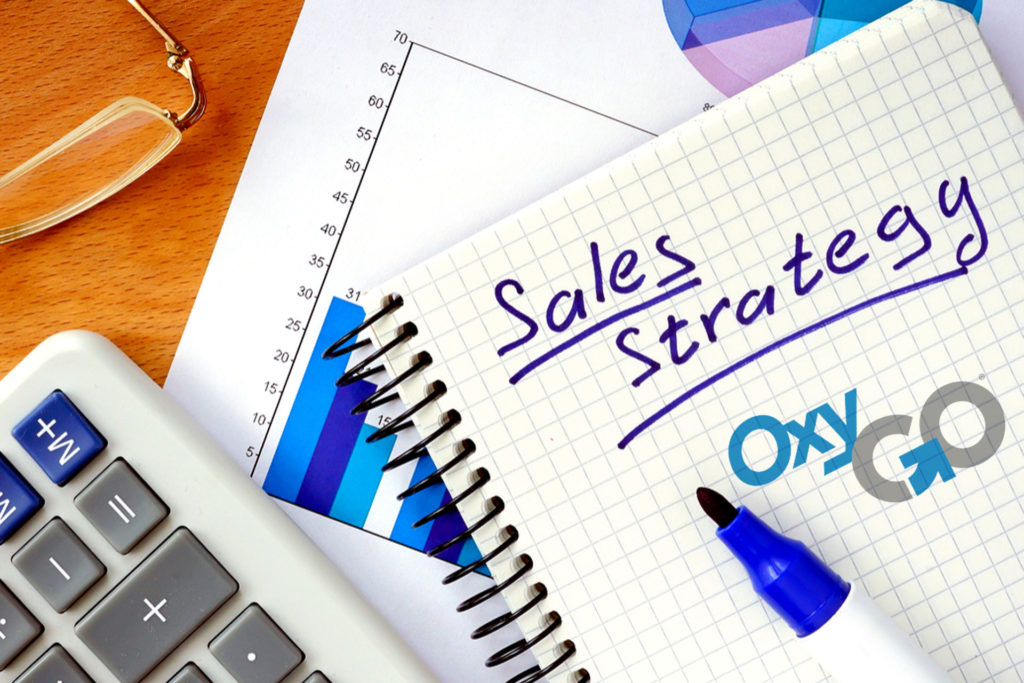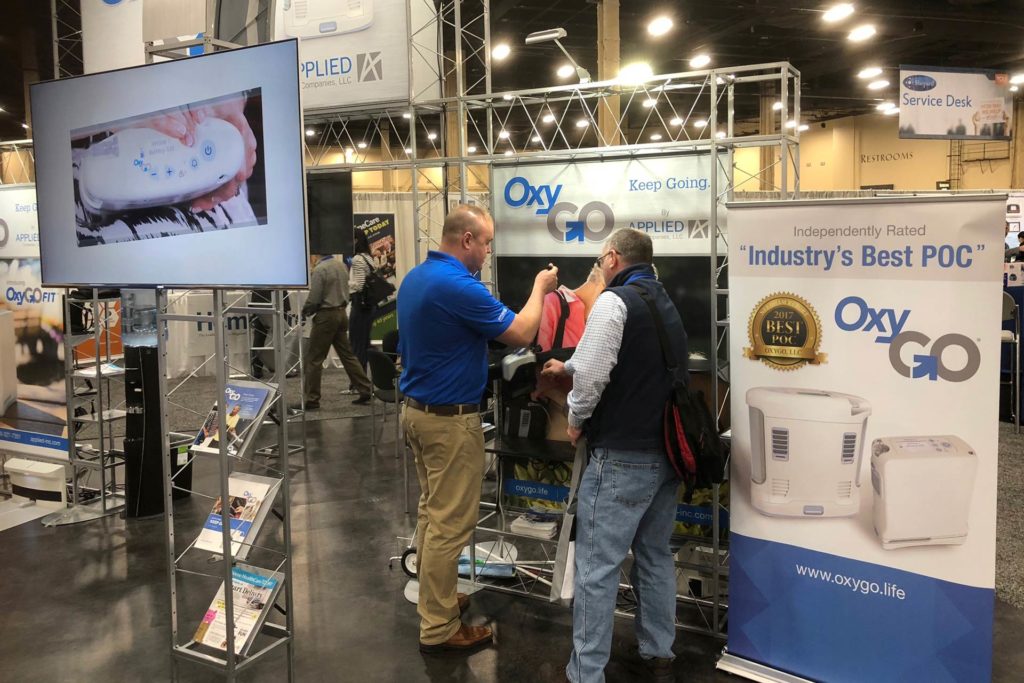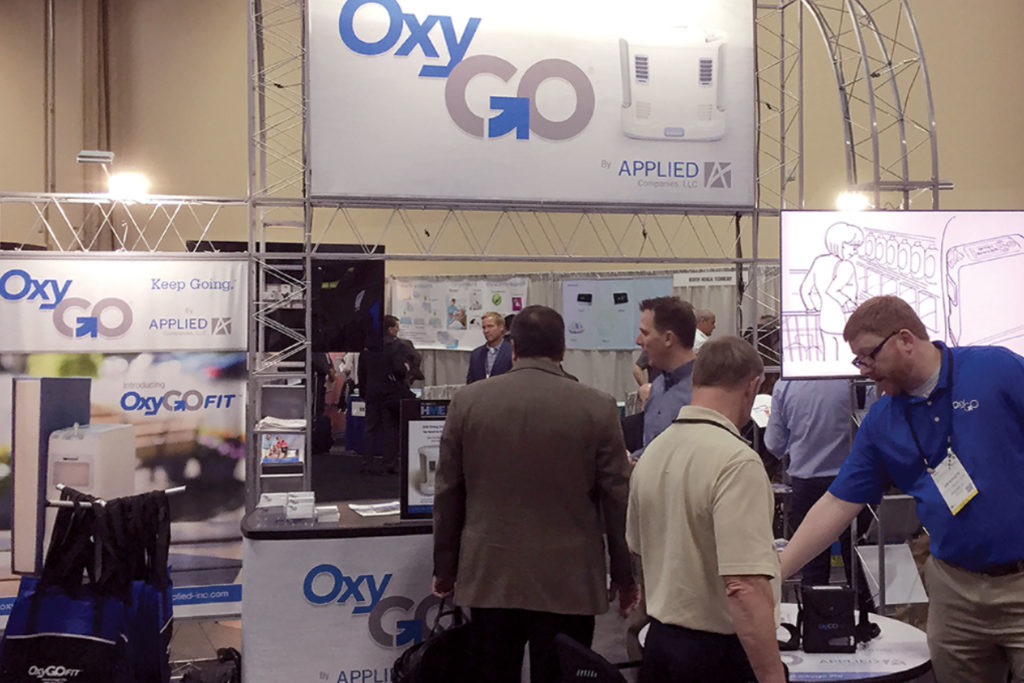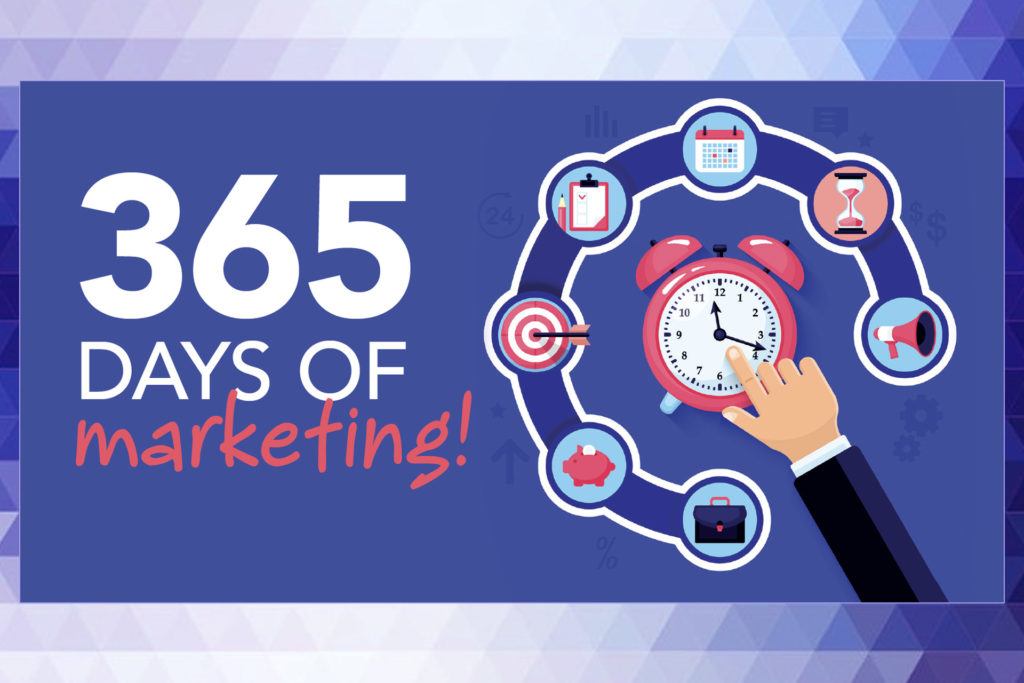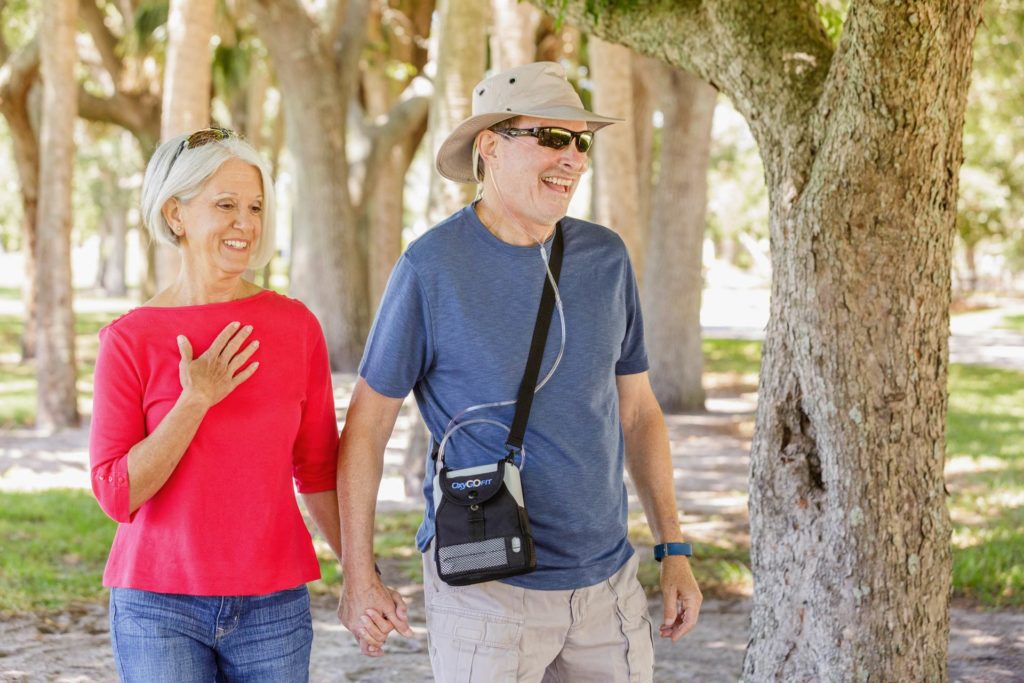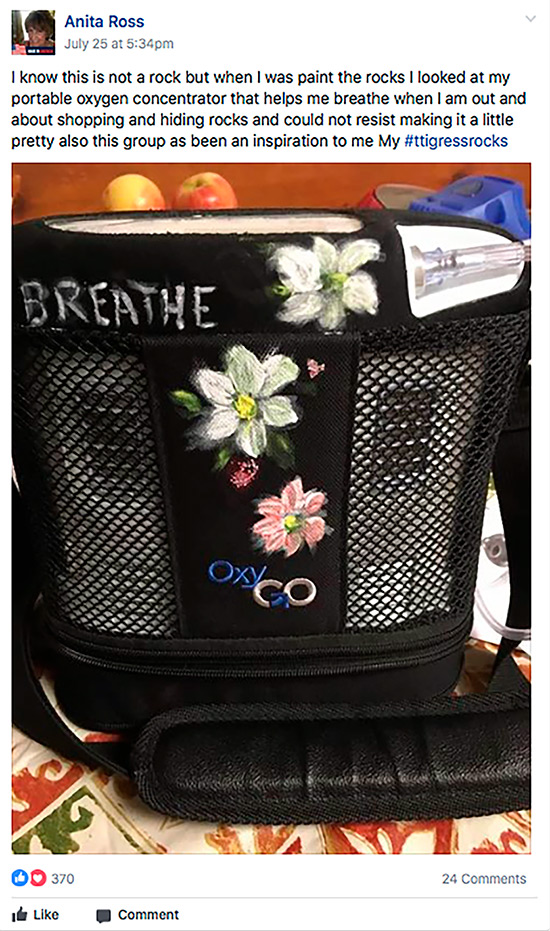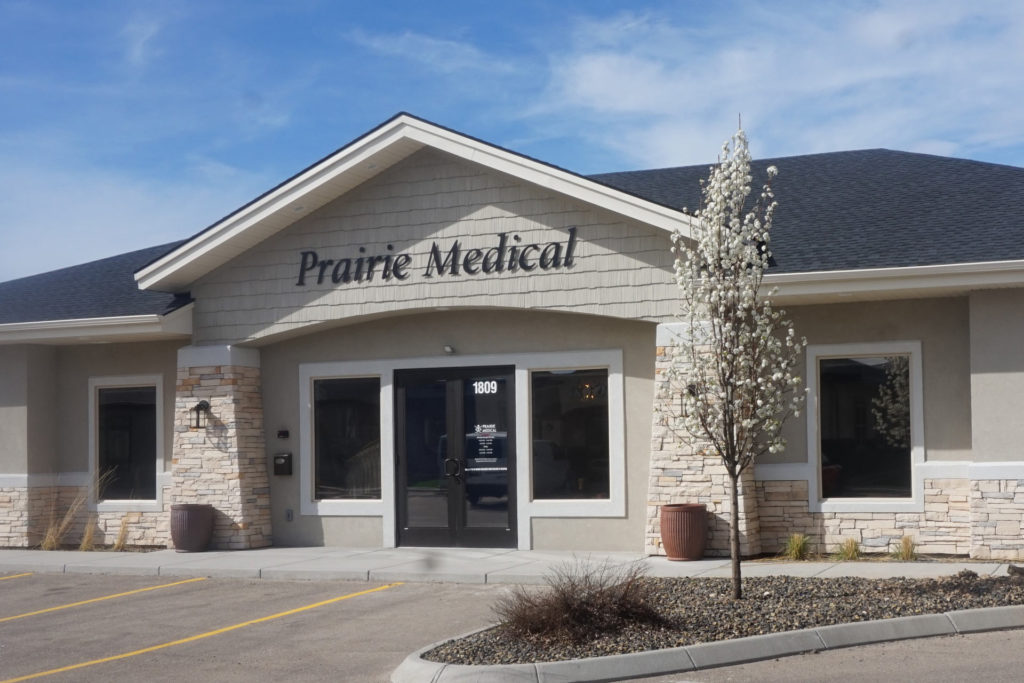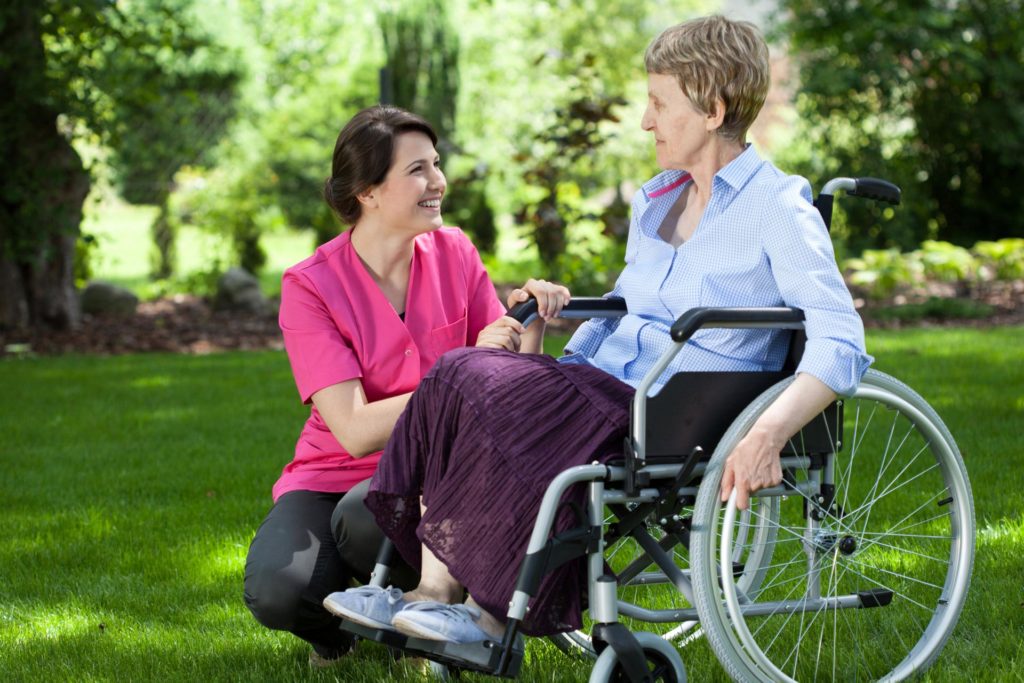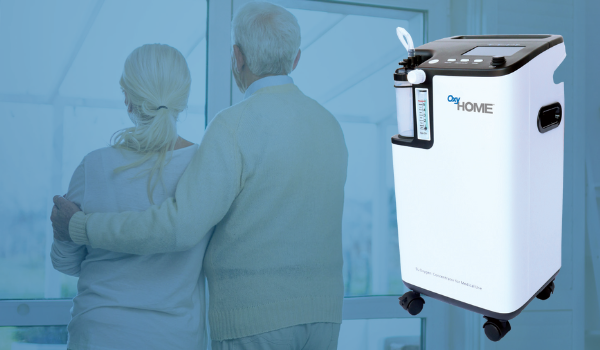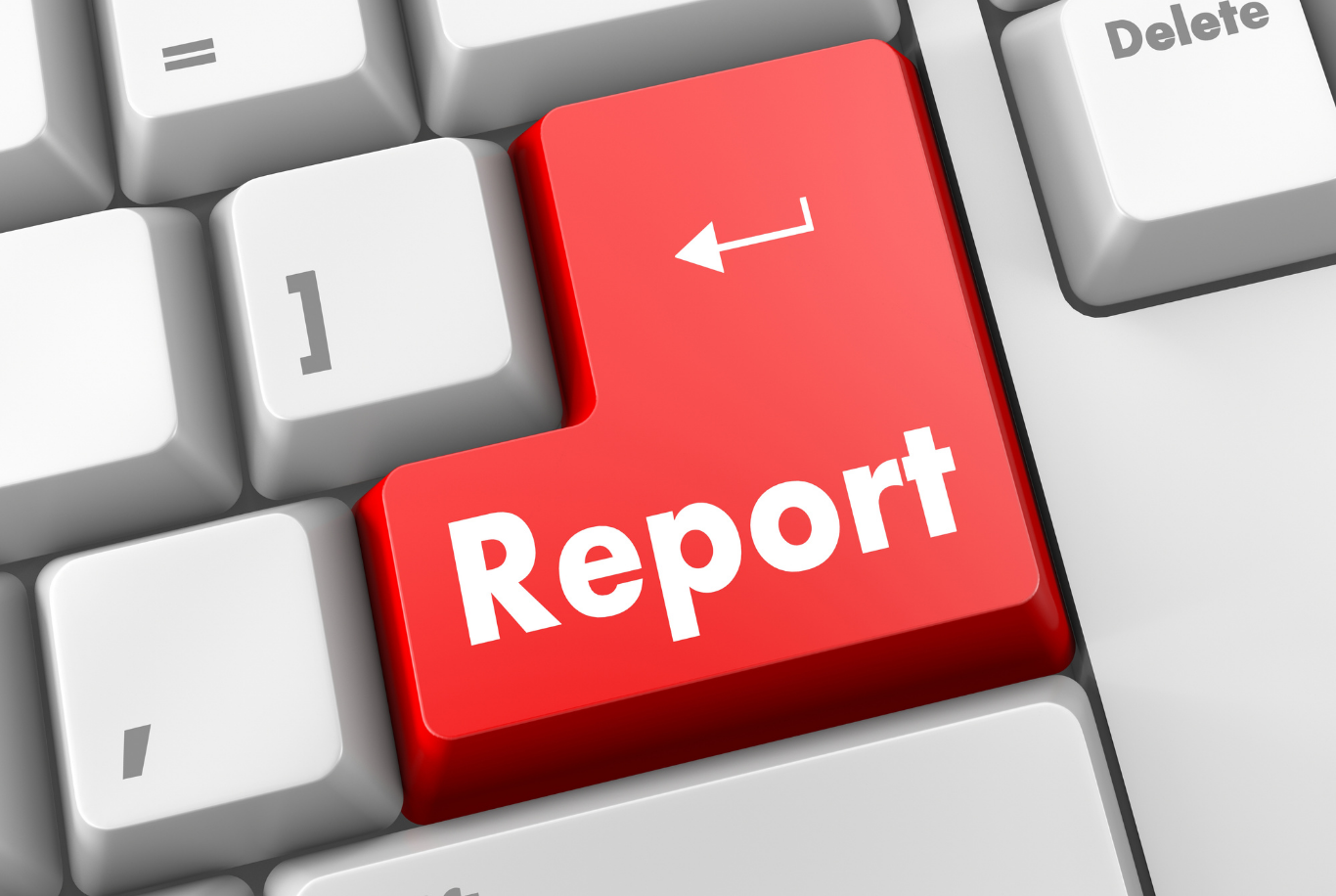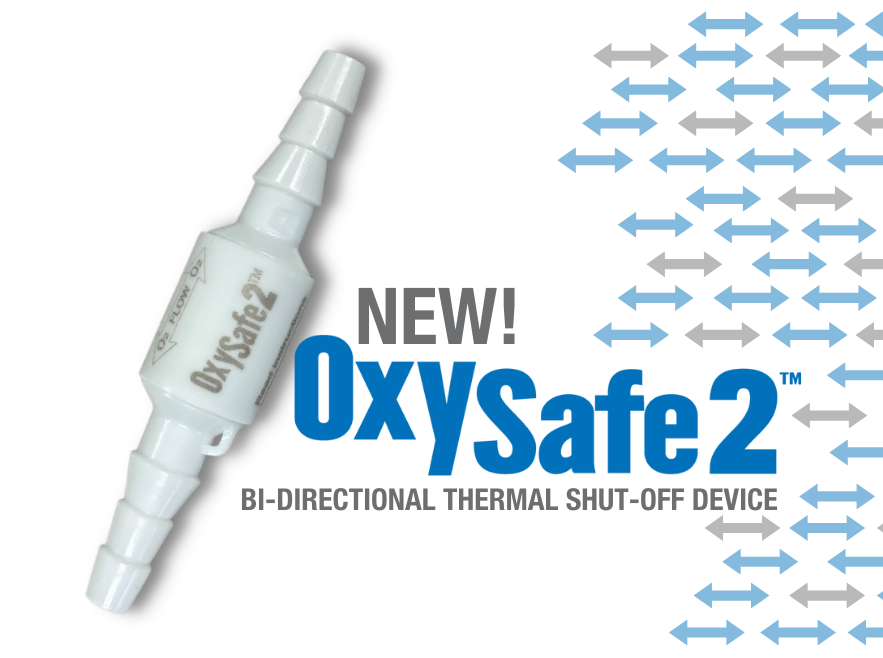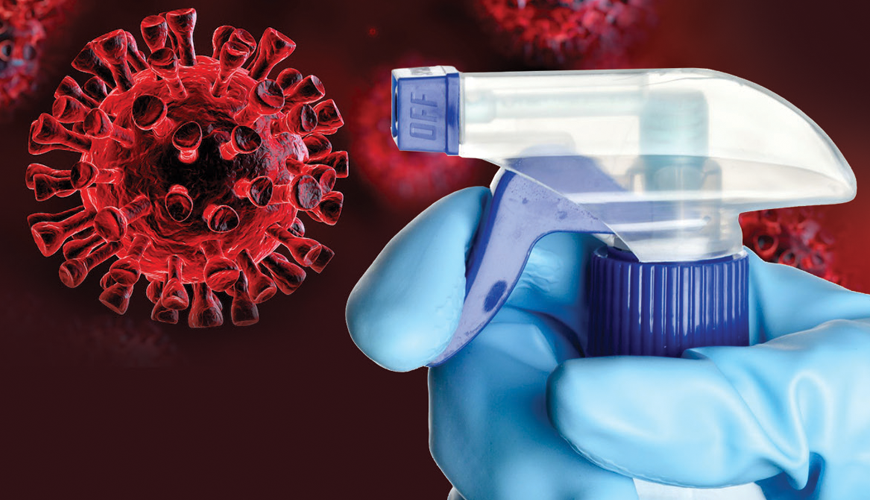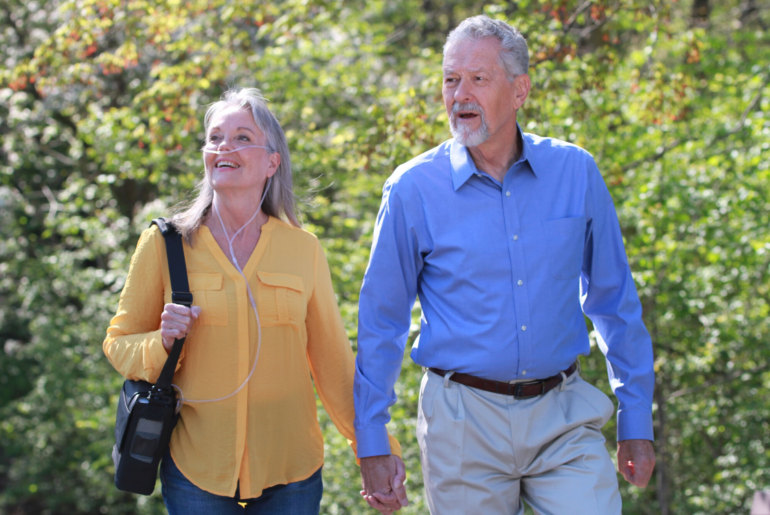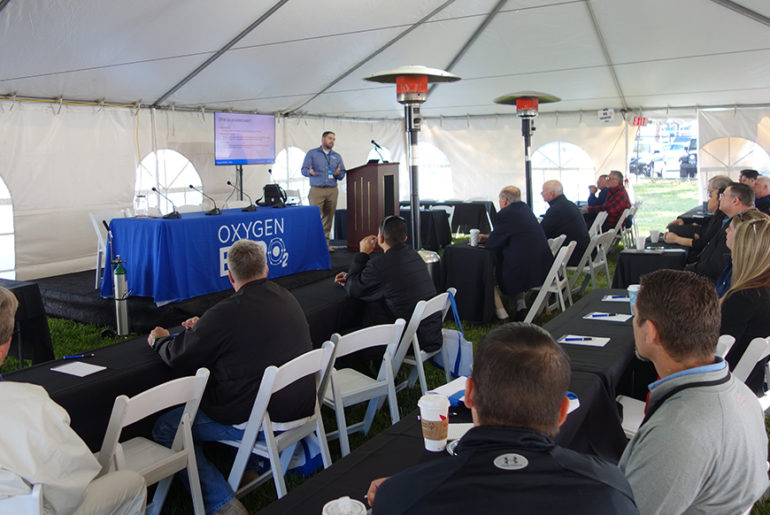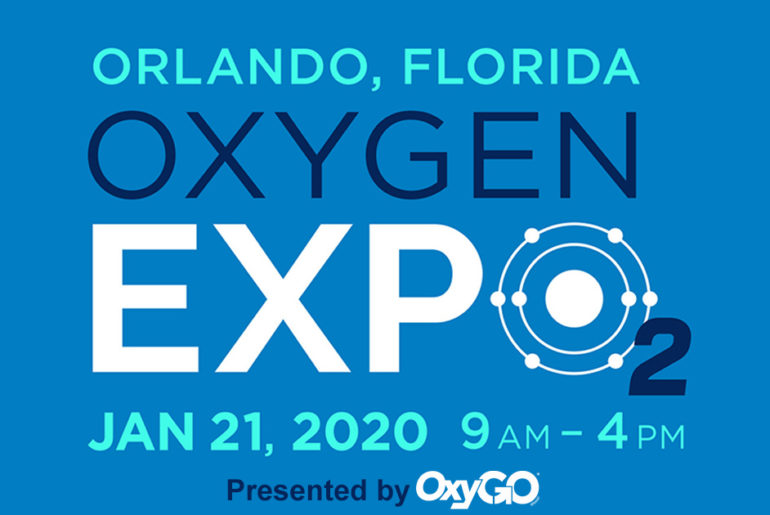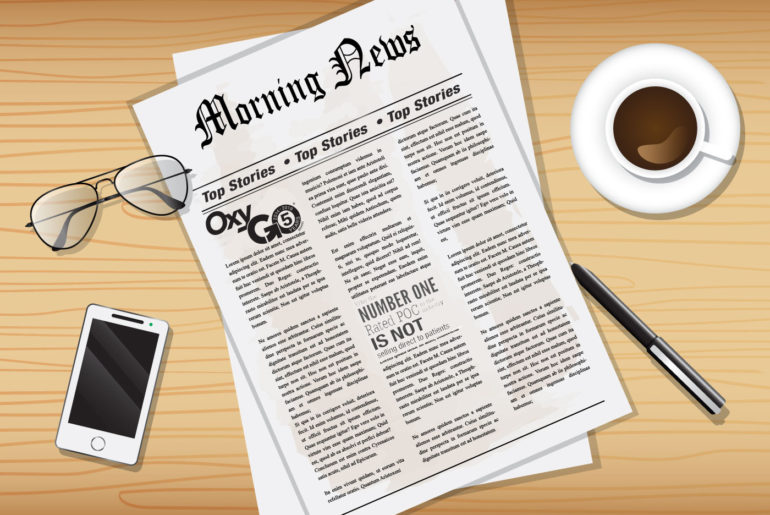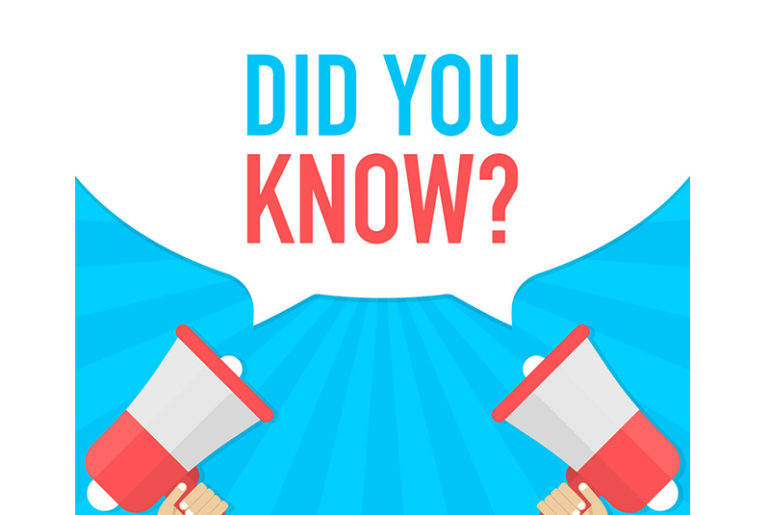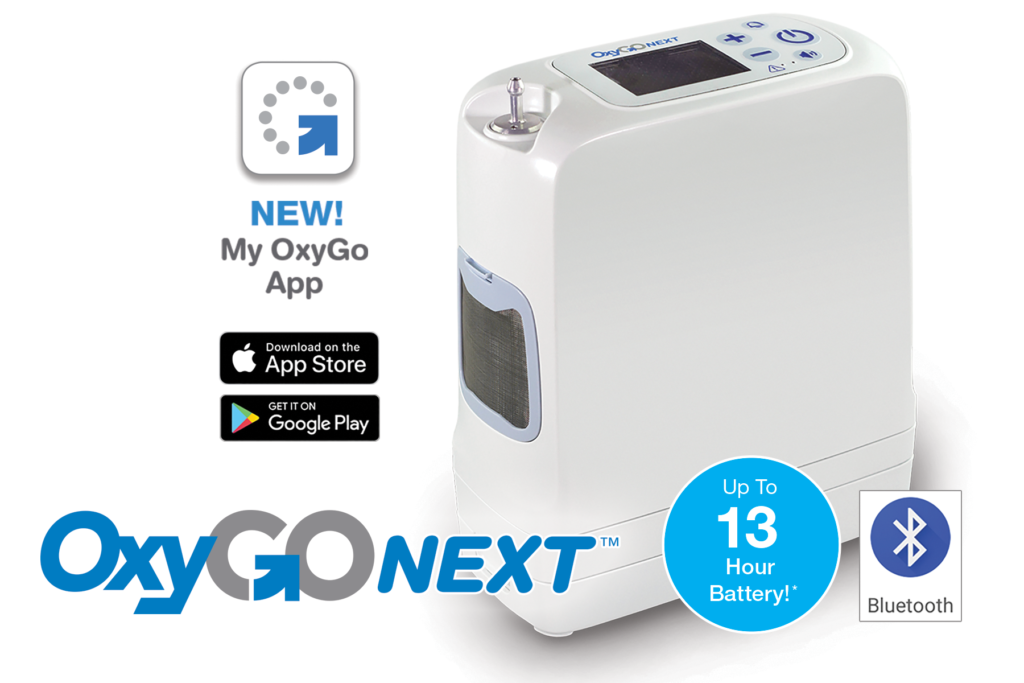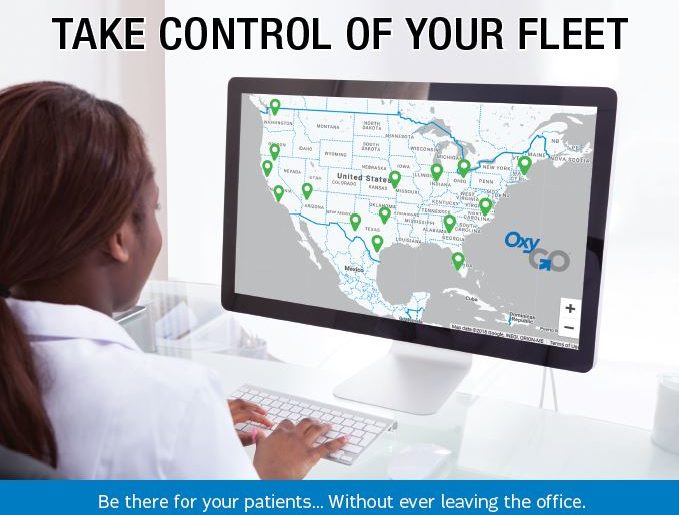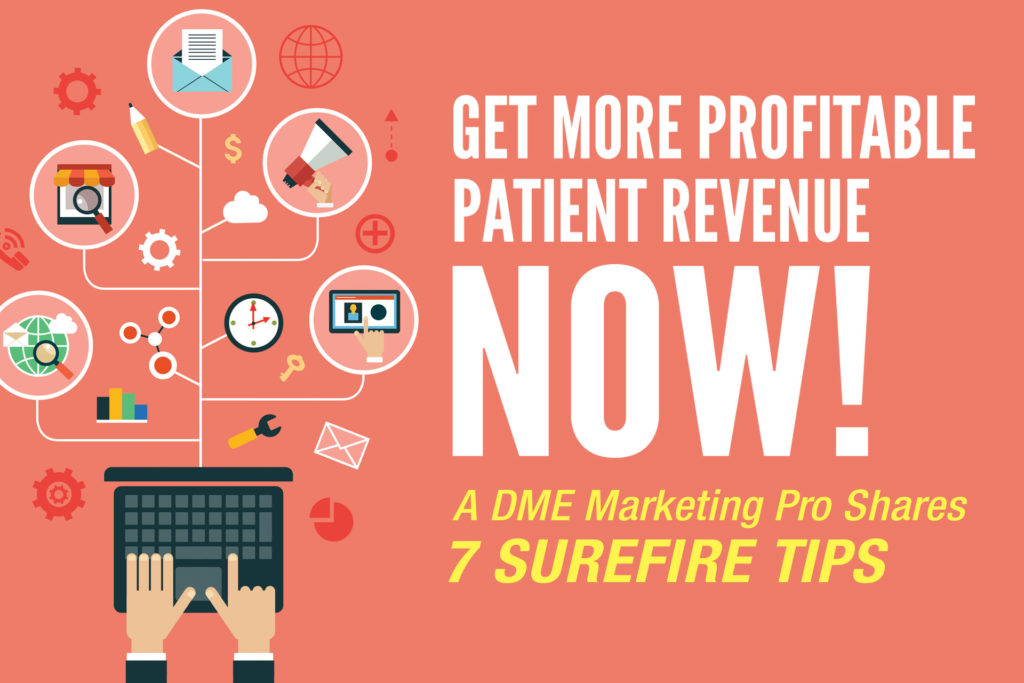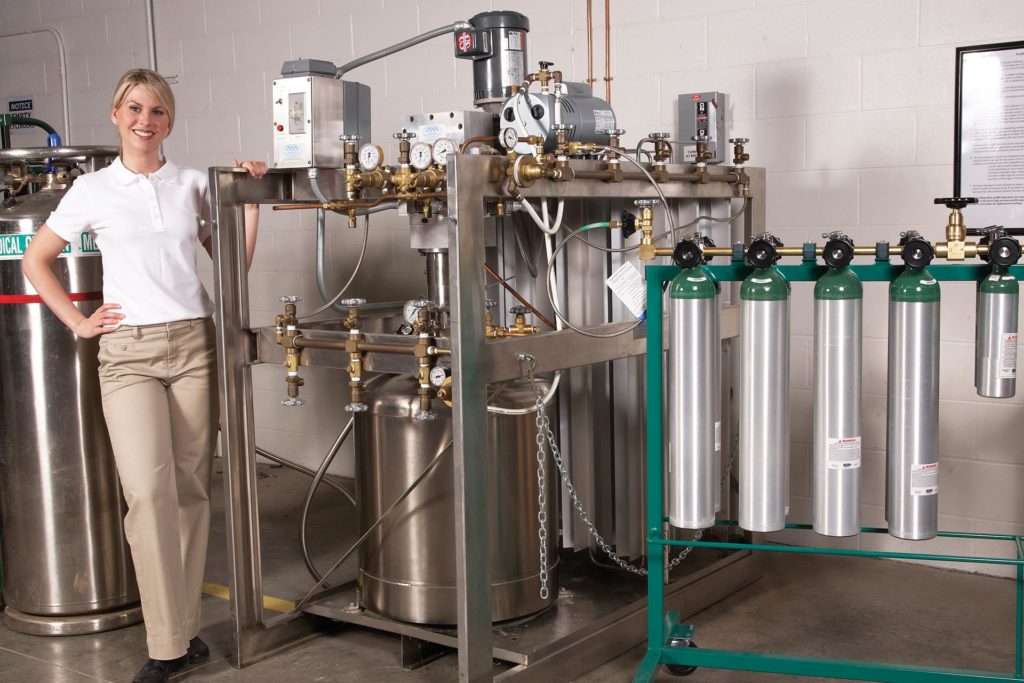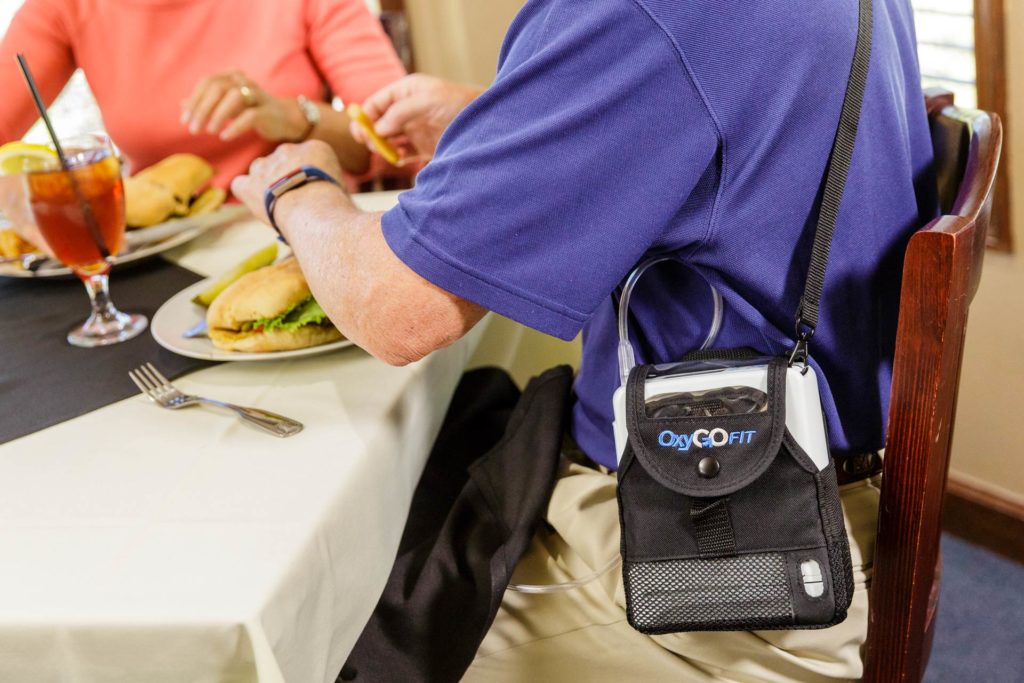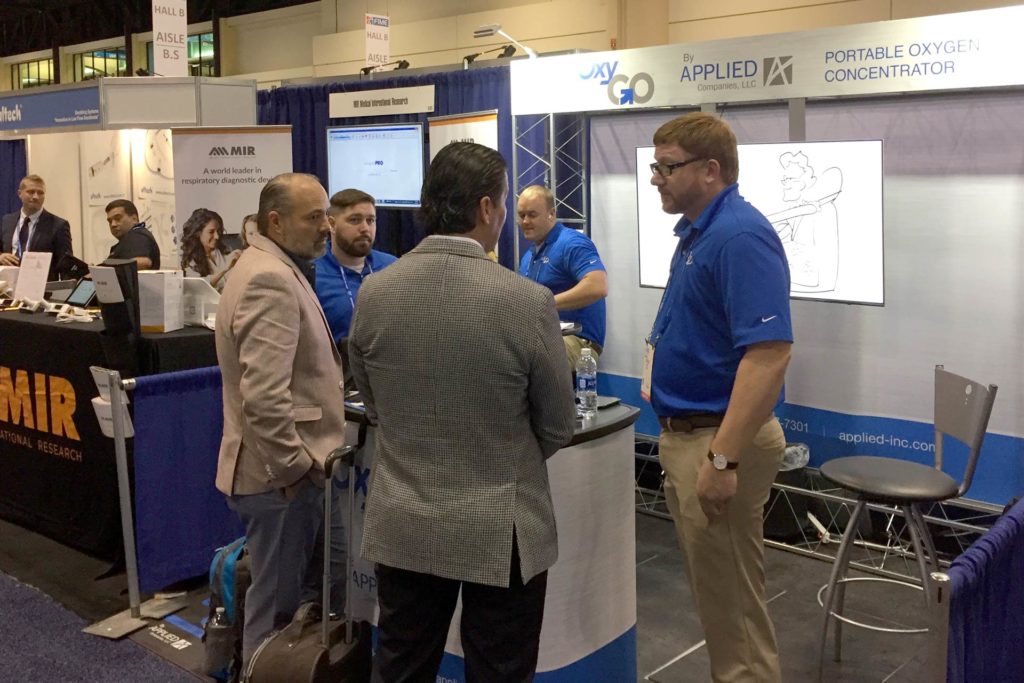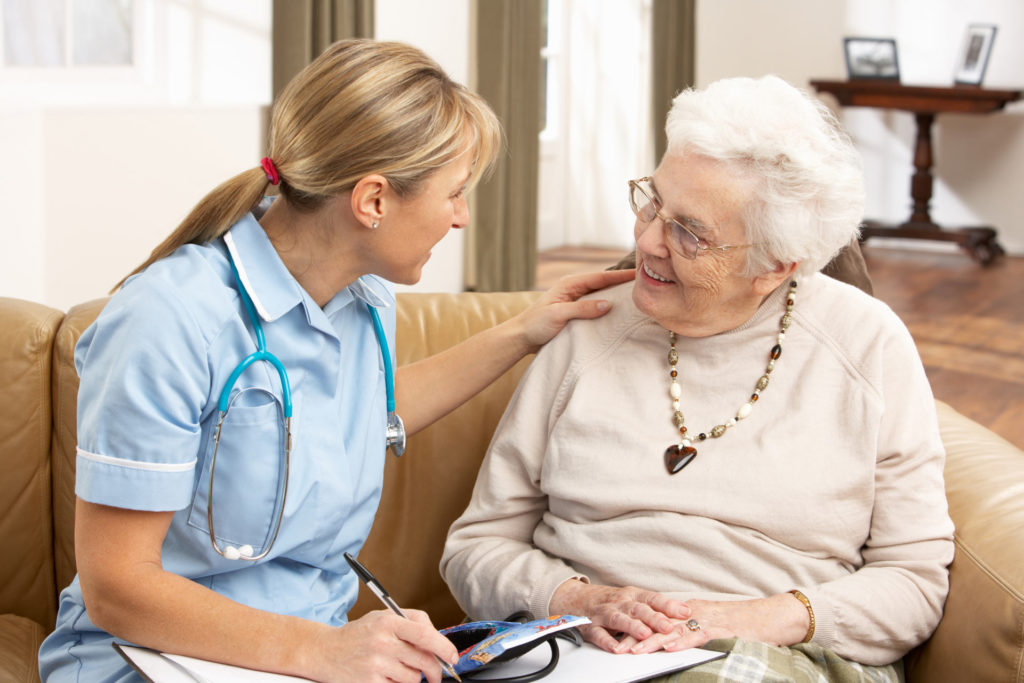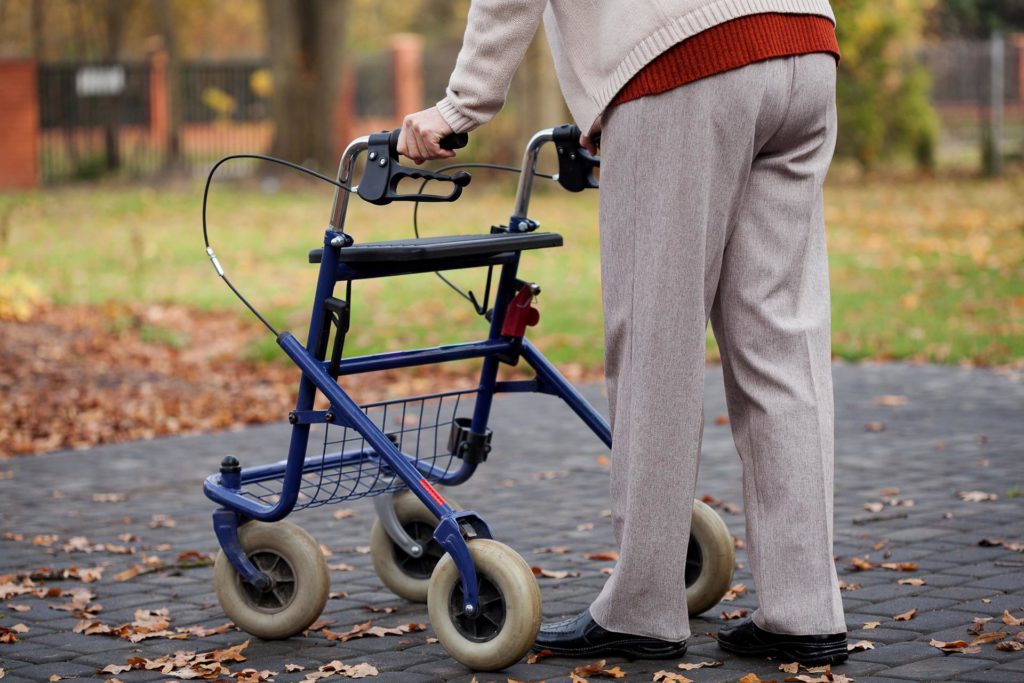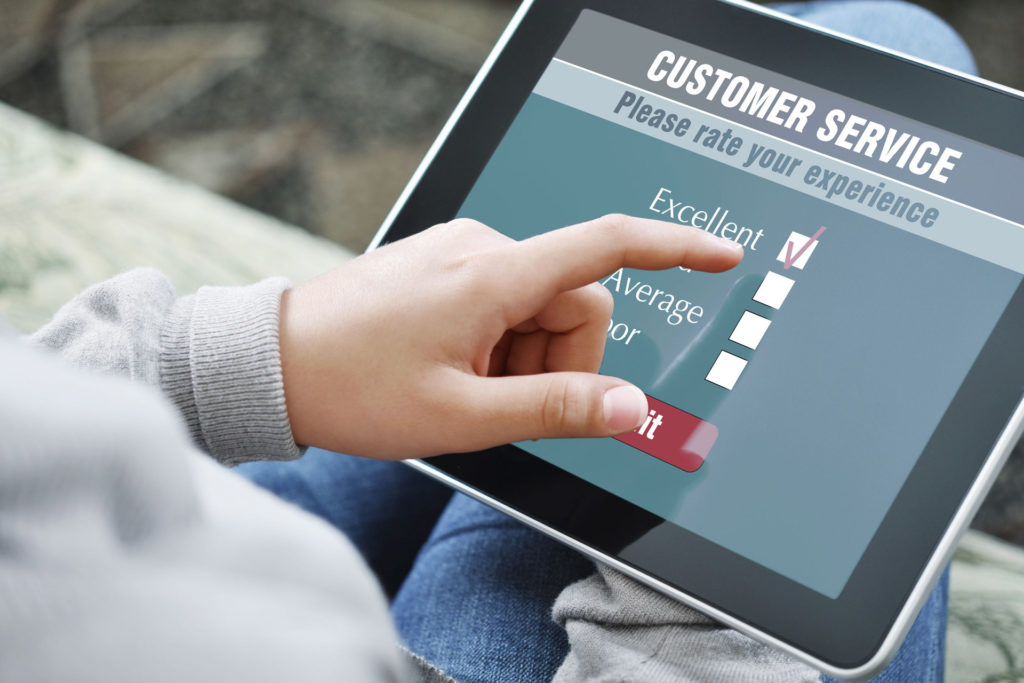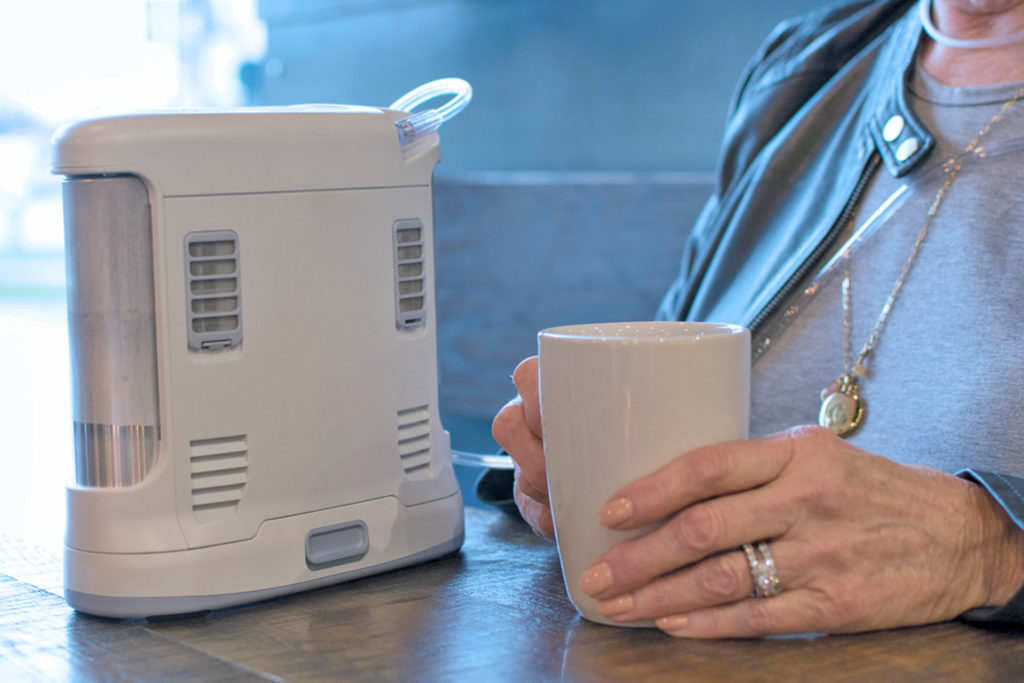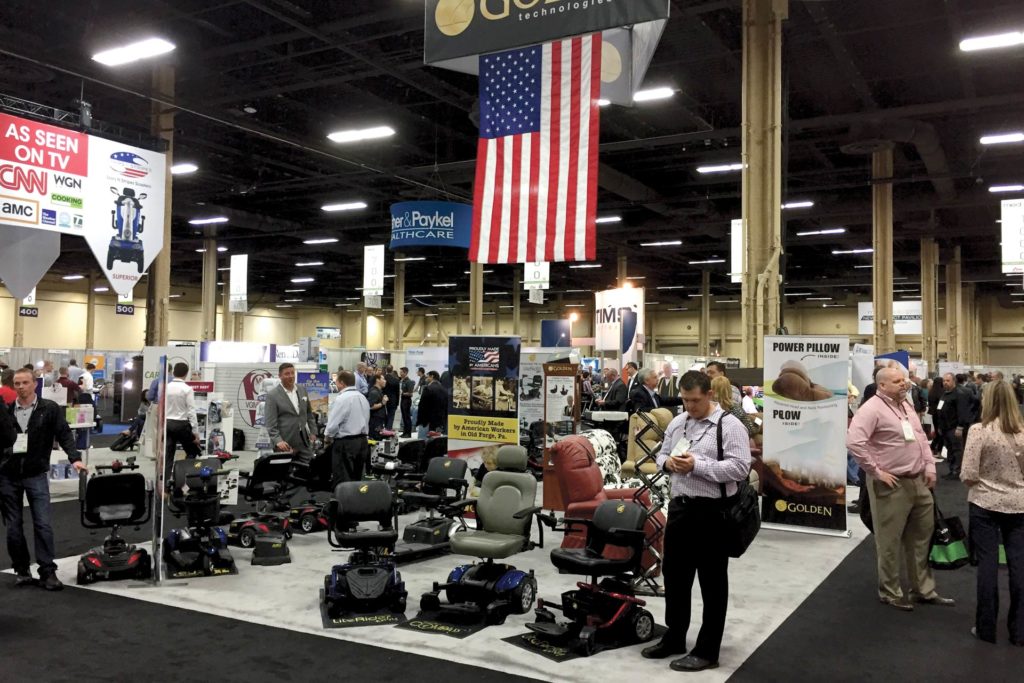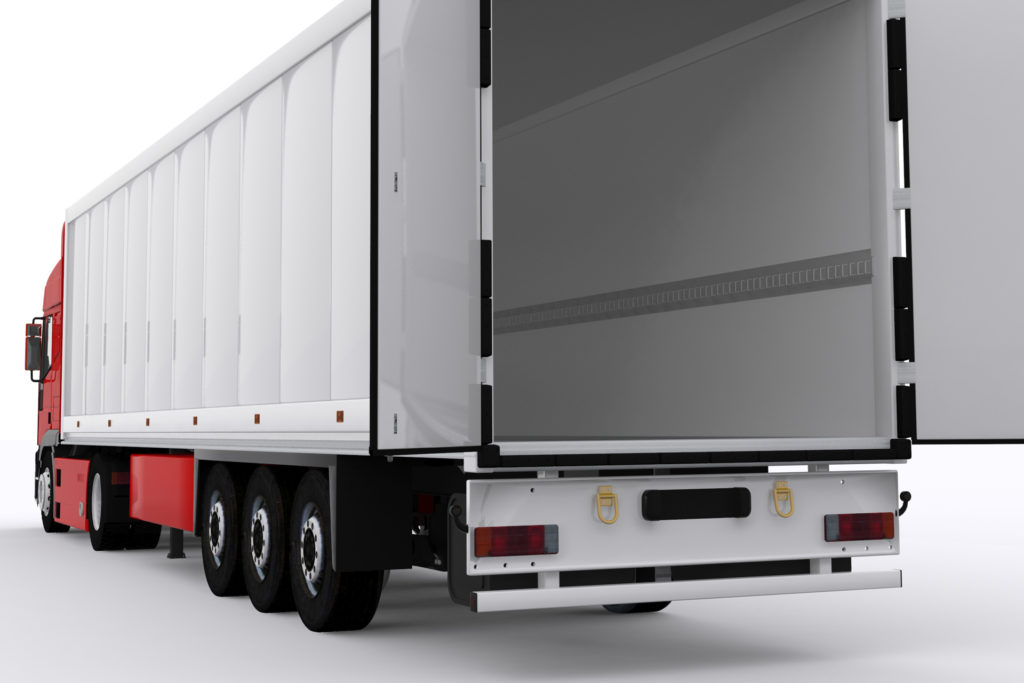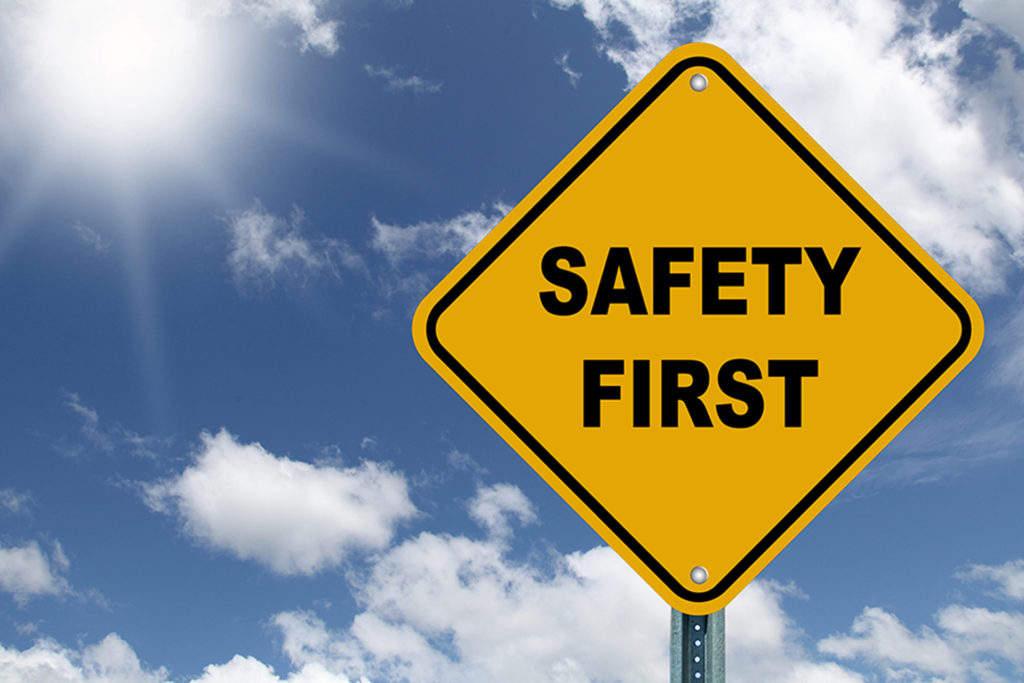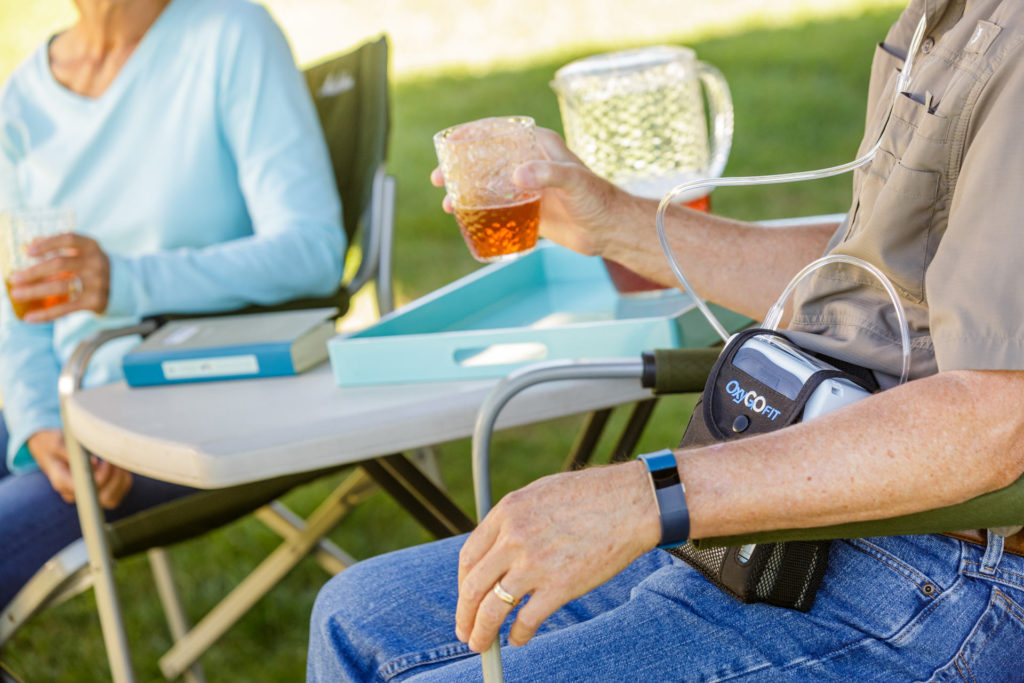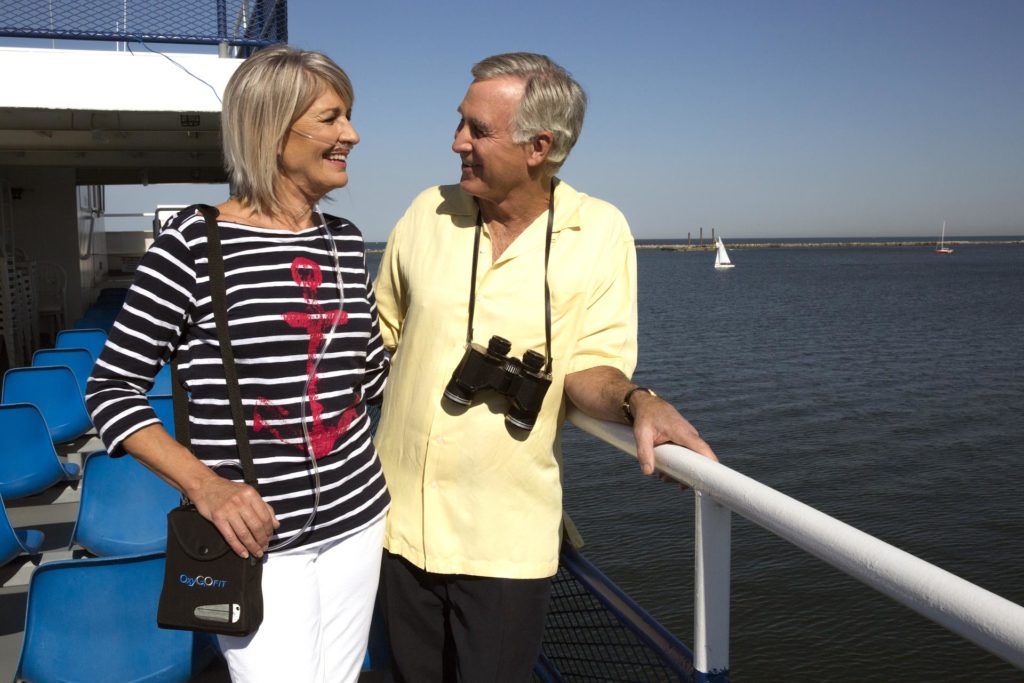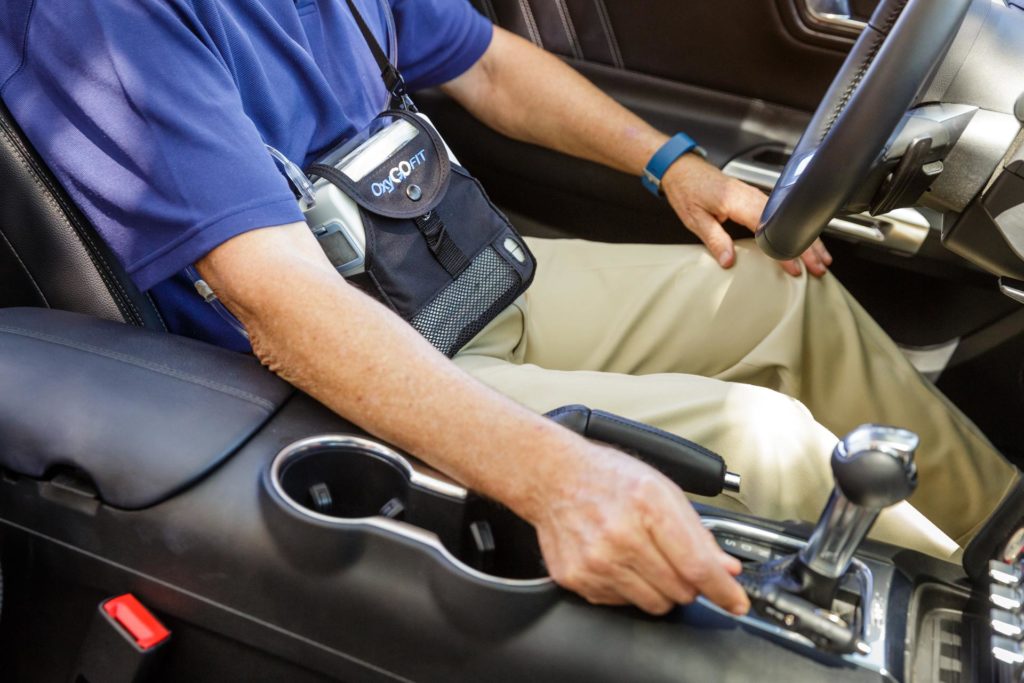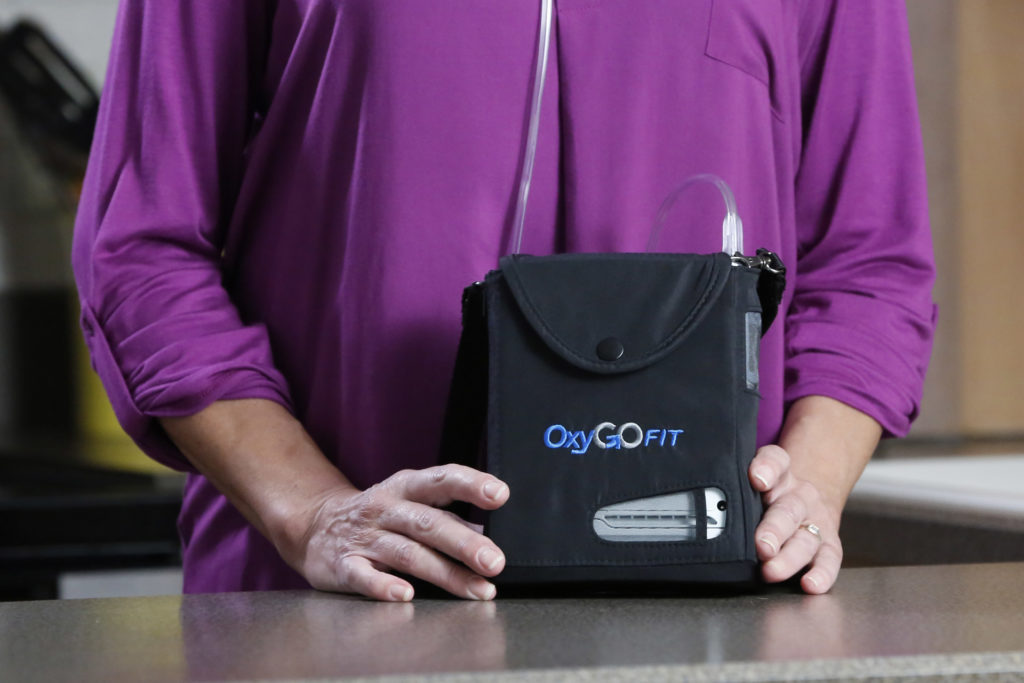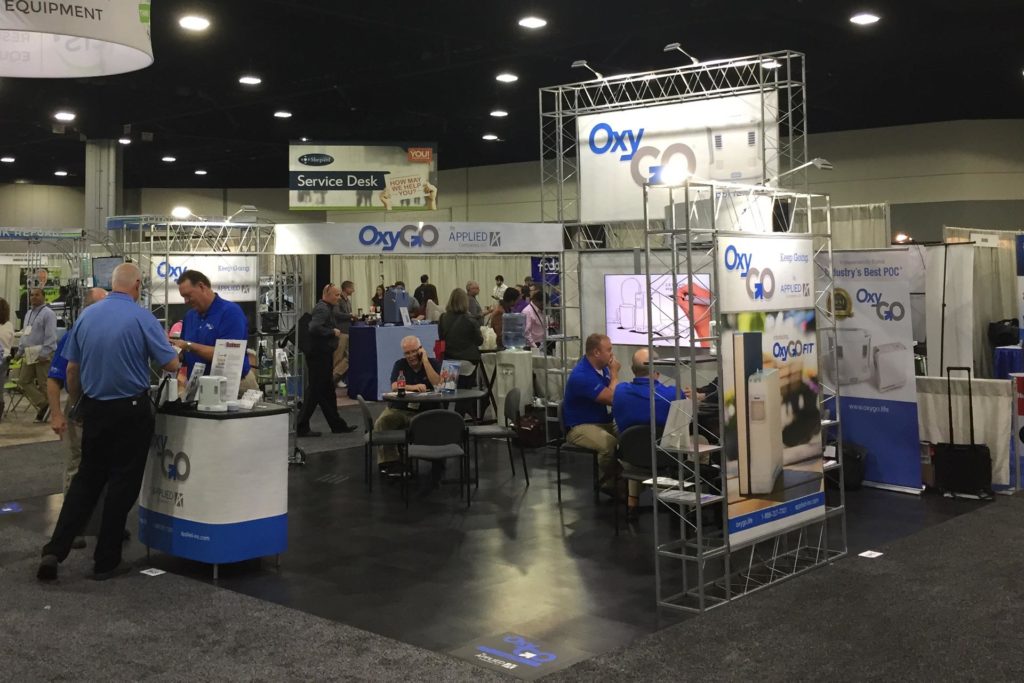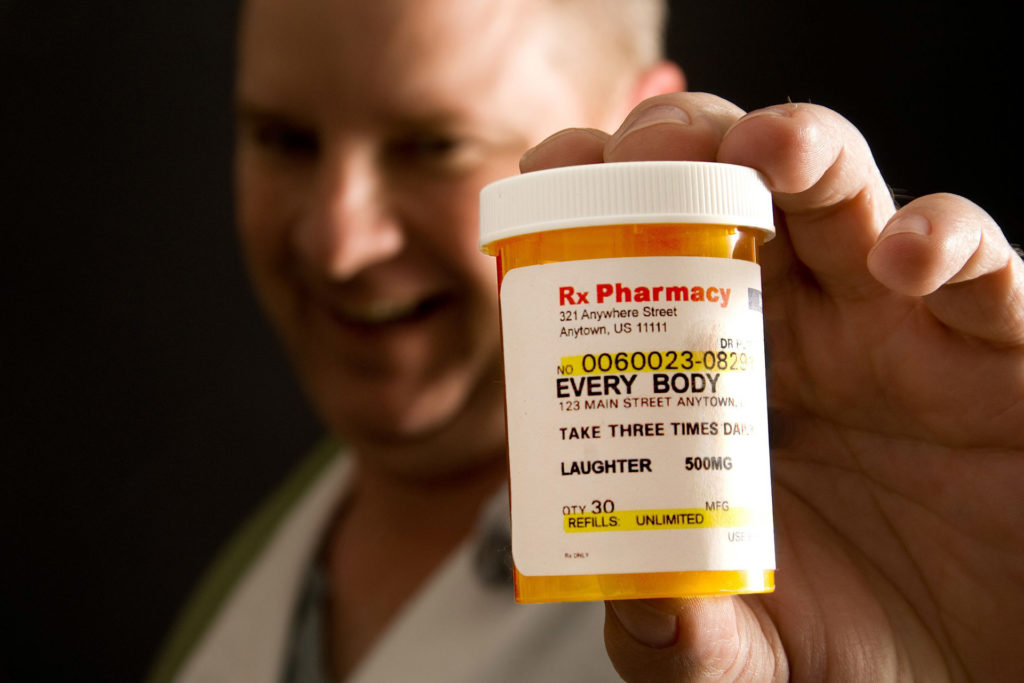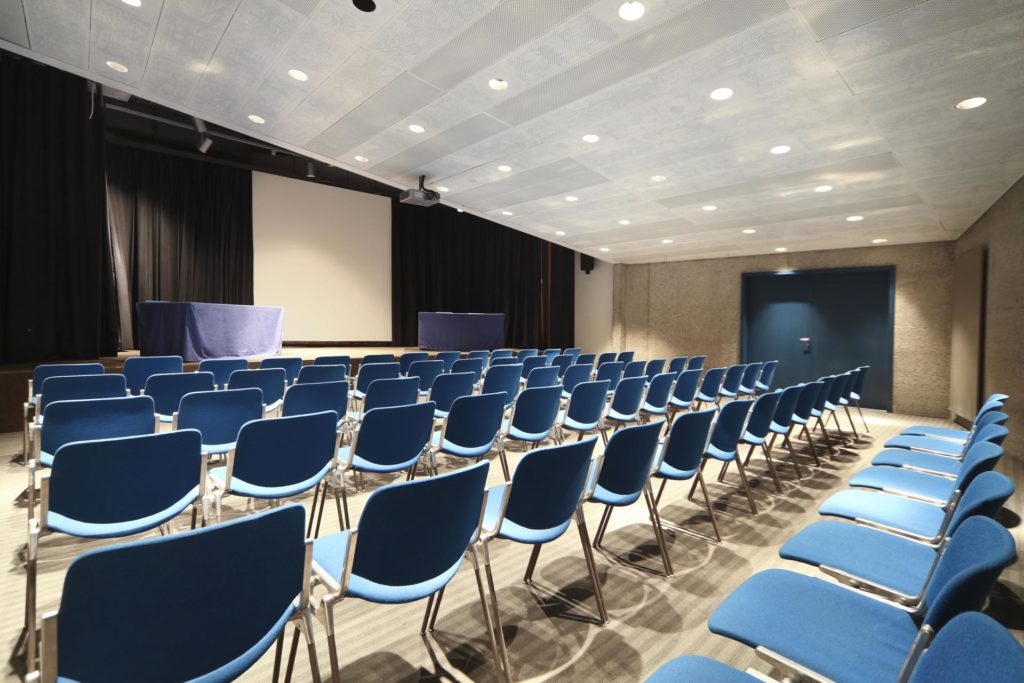Author: ROB SALTZSTEIN
Why the #1-Rated POC is NOT Selling Direct
OxyGo® is known for its amazing customer service, sales and marketing support. And its brand, Applied Home Healthcare Equipment, has long been trusted by providers as a resource for oxygen filling, technical and regulatory support. Recently, and for the second year in a row, OxyGo POCs have been independently rated as the industry’s best — ahead of all competitors. Independent analysts surveyed and researched the top brands in the industry, and OxyGo is rated #1 over and over again. Check out the independent study: www.oxygo.life/best-poc.pdf We wanted to know their secret — With a great brand and unit, why won’t OxyGo follow suit with all the other big manufacturers selling direct? “I think patients get the best care—the care they need—from providers. That’s why we connect patients that contact us with providers to get their OxyGo. We don’t sell direct to patients, for cash or otherwise.” Victoria Marquard-Schultz, Managing Director of OxyGo, is clearly passionate about providers and what they do for patients. “In fact, we are creating more and more programs to connect patients to providers—and help providers supply patients with an OxyGo. We’ve created the OxyGo Concierge service, which is helping a lot of patients live better lives with OxyGo, but with a local provider.” The OxyGo Concierge service is OxyGo’s way of capturing pat
Las Vegas Medtrade Still Wows
There were lots of products to be seen and deals to be made at the recent Las Vegas Medtrade Show that ran March 27-29 at the Mandalay Bay Convention Center. The theme was “Focus” and that’s exactly what many of the attendees did at both the educational conference sessions and on the show floor at the exhibit hall. When attendees were asked what the biggest “wow factor” was for them, many cited the conferences on audits and compliance, competitive bidding and strategic planning as being the most useful. “Absolutely fantastic; I learned a ton,” said one DME attendee who traveled from Louisiana to sharpen her audit preparation skills. Medtrade Las Vegas 2018 attracted 165 exhibitors, and many new products were on display to catch the eye of DMEs looking for new cash products to offer. Total exhibit time was cut by three hours compared to previous Las Vegas Medtrade shows but exhibitors didn’t seem to mind; the shorter hours allowed many of them to save time and travel expenses by catching earlier flights back home. And attendees found more time to visit the educational conference sessions that started a full day before the exhibit hall opened. Medtrade Spring 2018 attendees voted on their favorite new products in the long-running New Product Pavilion Providers’ Choice Awards, sponsored by HomeCare Magazine. Winners were: NEW PRODUCT PAVILION PROVIDERS’ CHOICE GOLD FLYP Nebulizer
How the New Tax Code Affects Home Healthcare Providers
President Trump’s new tax law went into effect this year, boosting take home pay for about 90% of Americans. The amount of the increase varied based on projected income. For example, for a single person who does not have children, is not a homeowner and is making a salary of $29,900 a year, the increase per paycheck was about $19. (This assumes 26 paychecks per year.) At $50,000 it was about $52 per paycheck. At $61,000, about $65 per paycheck, and at $85,000, about $90 per paycheck. Home HealthCare TODAY went behind the scenes to talk with Eric Smith, an IRS spokesperson, about the impact of the new tax code on DMEs and HMEs. We were interested in learning more about the following: what deductions are allowed for individuals and businesses; whether there is a tax advantage for offering an HSA (healthcare savings account) insurance plan to employees; the 2018 state of Obamacare/ACA; any tax benefits that might be available from financing medical equipment vs. using insurance; other aspects of the new tax code that DMEs/HMEs would find beneficial to know. Here is that interview. HHCT: From the perspectives of a DME business owner, the home healthcare equipment dealer, and also their customers, what is the impact of the new tax law? Eric: ULA, the new tax law, from the business side, certainly did an important thing in that, if you have a t
Moving the Needle
In July, 2017, American Association For Homecare published a vivid report that brought into focus the DME decline plaguing the healthcare industry. It shows, state by state, the extent to which DMEs have gone out of business between 2013-2017. The losses are a sobering reminder of how important it is to control expenses. And the Smart Delivery™ oxygen model is one proven way to help dramatically contain costs. Home HealthCare TODAY went behind the scenes to talk with two DME providers who have survived this tumultuous market, about the impact of the Smart Delivery oxygen model on their business operations. Here’s what they had to say … Respiratory Services of Western New York is a fast-growing DME provider in the Buffalo/Rochester area that has leaned heavily on the Smart Delivery oxygen model to help fuel its growth. The company is a big player in providing patients with portable oxygen concentrators, CPAP masks, COPD & apnea supplies, bathroom supplies and ambulatory aids. Since its first store opened in Cheektowaga, NY in 1997, Respiratory Services of Western NY has been able to expand to five locations. Owner Michael (Mick) McCartney credits the Smart Delivery oxygen model as one of the key factors that has allowed him to expand and survive the negative impact of competitive bidding on revenues. Respiratory Services has abou
Booming Business
Forget, for a moment, the problems caused by Competitive Bidding and shrinking government reimbursements. Think, instead, of the glass being half full—think of the surging market that should be swirling around every DME/HME. Listen to the voices of the baby boomers and those thinking about retirement and be prepared to tap into the incredible market they represent. According to Nielson, no group in America has more disposable income. It has been estimated that America’s 75 million baby boomers, between the ages of 52 and 70, control about 70 percent of all disposable income in the U.S., according to Nielson. On top of that, boomers are expected to inherit as much as $15 trillion dollars over the next 18-20 years. Now that’s real spending power! Studies show they are going to spend that money in a lot of ways. Most significantly, boomers will shell out huge amounts for healthcare, travel, entertainment and dining out. They will spend less on cars and on new clothing. They will spend more on healthcare to keep them going over anything else. This is one reason you should stock up on products like OxyGo® POCs. They allow your patients to do more and enjoy life—leaving bulky oxygen tanks behind. And that’s what many of your current and future patients most want and are willing to use big chunks of their disposable income to
Countdown to Medtrade
It comes to the Las Vegas Mandalay Bay Convention Center March 27-29. It’s the second largest trade show in the U.S. focused exclusively on the home medical equipment market. Emerald Expositions, the show’s owner, touts Medtrade Spring 2018 as designed to give today’s providers the highest quality educational, networking and advocacy opportunities—and the largest selection of HME products under one roof. While considerably smaller than the fall Medtrade show held in Atlanta every year, the spring event is noted for attracting a home healthcare crowd hungry for new products, especially in the retail sector. One provider I talked to says he always tries to come back home from the Las Vegas show with at least three new retail products to help him keep “ahead” of his competition. While booth sales have reportedly remained brisk for Medtrade 2018, there is one class of exhibitors that has not been asked back. York Schwab, Account Executive for the show, said earlier this year, “We are not selling booth space to face cream companies that were roundly criticized in post-show surveys. We rejected them all, and in 2018 there will be zero.” One of the most popular draws of the show is the New Products Pavilion. Sponsored by HomeCare Magazine, it’s where exhibitors showcase products released to the market within the
365 Days of Marketing
Have you considered building special promotions that relate to national healthcare days and months? … WHY NOT? Opportunity knocks all year ‘round! Did you know, for example, that March 1 is International Wheelchair Day? … Or that October 8 is National Oxygen Awareness Day? … Or that November is COPD month? There are cool things you can do to promote many of the products you sell around these “official” days and months. Here are eleven inexpensive marketing ideas you might want to consider… Making hot chocolate or coffee available Using festival lighting to illuminate products Holding a “special events” sale Decorating your website with event-related elements Offering a prize drawing from a box on one of your best-selling products Renting a “talking robot” or parrot to attract attention Promoting the day, week or month with colorful posters Advertising an event or sale in a local paper or on radio/TV Displaying a cash saving sign Giving away “something” of value to every person who enters your store Thinking of your own creative promotion to fit a specific occasion Here are upcoming national healthcare days, weeks and months scheduled for 2018. Scan the list and think of a promotion that could help boost your business! MARCH National Doctor’s Month Patient Safety Awarene
2018 Med-Tech Trends
Technology continues to transform every industry—and home healthcare is no exception. As new medical tech trends continue to emerge, it can be difficult to stay up-to-date on all of them. Here are a few of the most impactful trends to keep an eye on as fast-developing healthcare technology accelerates marketplace change. Hi-tech healthcare innovations that improve patients’ lives may be an opportunity for DMEs to further diversity their product offerings. Consider, for example, cash product sales related to diabetes that are now available and in the development pipeline. It has been estimated that 86% of all healthcare spending goes to patients with one or more chronic medical condition. At recent Medtrade shows, diabetic supplies—especially continuous glucose monitoring devices (CGM)—have drawn increased provider interest as cash sales items. These include glucose meters where competition appears to be fierce. There are more than 90 different types and brands available. Several Medtrade booths have recently displayed glucose meters. Expect to see more companies marketing diabetic related products exhibit at future Medtrade shows. Products reported under development in the diabetic pipeline include: Patch pumps for type 2 diabetic insulin users Infusion set improvements. They are needed to get insulin in a pump from the cartridge to just under the skin. User friendly delivery metho
In the Know with OxyGo
Say hello to Robert “Bob” Gunner, one of the most dedicated exercise fanatics in Sugarland, Texas. Bob, an OxyGo® sales rep, has lived in the Houston area since 2010 when he moved to Texas from Denver, with his wife, Rhonda, and two children, both now adults. On any given day when not on the road, Bob usually spends about 35 minutes in his home’s second floor “workout room” where he enjoys lapping the miles on his Octane Zero Runner Elliptical ZR7 running machine. “I’ve had a hip replacement and the machine reduces the impact of gravity on my ankles and legs and allows me to keep running, which I have always enjoyed doing,” said Bob. Bob founded his medical healthcare rep firm in Denver in the mid 1980s and has enjoyed working with and meeting people in the home healthcare industry throughout his career. “I’m not in the business for a quick sale. I like building long-term relationships and helping my customers grow their businesses,” said Bob. He puts about 35,000 miles a year on his car while calling on OxyGo accounts in Texas and Colorado. Bob once put 283,000 miles on a Honda Pilot. Most of Bob’s Lone Star state focus is in southern Texas, especially in the Houston, Austin and San Antonio metropolitan areas. In Colorado, Bob says just about every home healthcare provider knows him. A long time Denver Bron
Driving HME Costs Down and Profit Up
The Home Oxygen Company (HOC), with offices in Modesto and Sacramento, California, is all about doing what it takes to survive and prosper in a state where DME supplier locations have shrunk by 60.8% since 2013. An American Association For Homecare report this past July estimated that only 383 unique DME locations in California are still standing… compared to 976 that served the same region in 2013. HOC uses every trick in the book to promote efficiencies. This includes hiring full-time employees in the Philippines who work at less than half the rate of American employees doing the same job. Looking to the Philippines for labor help, and embracing all the latest technologies, has allowed owner Todd Usher and his wife, Andrea Ewert, to save thousands of dollars every month. HHCT: When was Home Oxygen Company (HOC) founded and how did you become involved? When Andrea and I founded HOC I had 11 years in the HME industry. My start in the industry was in 1996 as a delivery technician while Andrea had 8 years of experience as a physical therapy aide when we founded HOC. In retrospect, we both have discussed what an advantage it was to have had started our careers this way. It gave us direct patient contact and a view of how the industry was being run and how we were being managed and directed in providing services to our patients and clients. One of the driving f
Blog - Author: ROB SALTZSTEIN
Author: ROB SALTZSTEIN
Why the #1-Rated POC is NOT Selling Direct
OxyGo® is known for its amazing customer service, sales and marketing support. And its brand, Applied Home Healthcare Equipment, has long been trusted by providers as a resource for oxygen filling, technical and regulatory support. Recently, and for the second year in a row, OxyGo POCs have been independently rated as the industry’s best — ahead of all competitors. Independent analysts surveyed and researched the top brands in the industry, and OxyGo is rated #1 over and over again. Check out the independent study: www.oxygo.life/best-poc.pdf We wanted to know their secret — With a great brand and unit, why won’t OxyGo follow suit with all the other big manufacturers selling direct? “I think patients get the best care—the care they need—from providers. That’s why we connect patients that contact us with providers to get their OxyGo. We don’t sell direct to patients, for cash or otherwise.” Victoria Marquard-Schultz, Managing Director of OxyGo, is clearly passionate about providers and what they do for patients. “In fact, we are creating more and more programs to connect patients to providers—and help providers supply patients with an OxyGo. We’ve created the OxyGo Concierge service, which is helping a lot of patients live better lives with OxyGo, but with a local provider.” The OxyGo Concierge service is OxyGo’s way of capturing pat
Las Vegas Medtrade Still Wows
There were lots of products to be seen and deals to be made at the recent Las Vegas Medtrade Show that ran March 27-29 at the Mandalay Bay Convention Center. The theme was “Focus” and that’s exactly what many of the attendees did at both the educational conference sessions and on the show floor at the exhibit hall. When attendees were asked what the biggest “wow factor” was for them, many cited the conferences on audits and compliance, competitive bidding and strategic planning as being the most useful. “Absolutely fantastic; I learned a ton,” said one DME attendee who traveled from Louisiana to sharpen her audit preparation skills. Medtrade Las Vegas 2018 attracted 165 exhibitors, and many new products were on display to catch the eye of DMEs looking for new cash products to offer. Total exhibit time was cut by three hours compared to previous Las Vegas Medtrade shows but exhibitors didn’t seem to mind; the shorter hours allowed many of them to save time and travel expenses by catching earlier flights back home. And attendees found more time to visit the educational conference sessions that started a full day before the exhibit hall opened. Medtrade Spring 2018 attendees voted on their favorite new products in the long-running New Product Pavilion Providers’ Choice Awards, sponsored by HomeCare Magazine. Winners were: NEW PRODUCT PAVILION PROVIDERS’ CHOICE GOLD FLYP Nebulizer
How the New Tax Code Affects Home Healthcare Providers
President Trump’s new tax law went into effect this year, boosting take home pay for about 90% of Americans. The amount of the increase varied based on projected income. For example, for a single person who does not have children, is not a homeowner and is making a salary of $29,900 a year, the increase per paycheck was about $19. (This assumes 26 paychecks per year.) At $50,000 it was about $52 per paycheck. At $61,000, about $65 per paycheck, and at $85,000, about $90 per paycheck. Home HealthCare TODAY went behind the scenes to talk with Eric Smith, an IRS spokesperson, about the impact of the new tax code on DMEs and HMEs. We were interested in learning more about the following: what deductions are allowed for individuals and businesses; whether there is a tax advantage for offering an HSA (healthcare savings account) insurance plan to employees; the 2018 state of Obamacare/ACA; any tax benefits that might be available from financing medical equipment vs. using insurance; other aspects of the new tax code that DMEs/HMEs would find beneficial to know. Here is that interview. HHCT: From the perspectives of a DME business owner, the home healthcare equipment dealer, and also their customers, what is the impact of the new tax law? Eric: ULA, the new tax law, from the business side, certainly did an important thing in that, if you have a t
Moving the Needle
In July, 2017, American Association For Homecare published a vivid report that brought into focus the DME decline plaguing the healthcare industry. It shows, state by state, the extent to which DMEs have gone out of business between 2013-2017. The losses are a sobering reminder of how important it is to control expenses. And the Smart Delivery™ oxygen model is one proven way to help dramatically contain costs. Home HealthCare TODAY went behind the scenes to talk with two DME providers who have survived this tumultuous market, about the impact of the Smart Delivery oxygen model on their business operations. Here’s what they had to say … Respiratory Services of Western New York is a fast-growing DME provider in the Buffalo/Rochester area that has leaned heavily on the Smart Delivery oxygen model to help fuel its growth. The company is a big player in providing patients with portable oxygen concentrators, CPAP masks, COPD & apnea supplies, bathroom supplies and ambulatory aids. Since its first store opened in Cheektowaga, NY in 1997, Respiratory Services of Western NY has been able to expand to five locations. Owner Michael (Mick) McCartney credits the Smart Delivery oxygen model as one of the key factors that has allowed him to expand and survive the negative impact of competitive bidding on revenues. Respiratory Services has abou
Booming Business
Forget, for a moment, the problems caused by Competitive Bidding and shrinking government reimbursements. Think, instead, of the glass being half full—think of the surging market that should be swirling around every DME/HME. Listen to the voices of the baby boomers and those thinking about retirement and be prepared to tap into the incredible market they represent. According to Nielson, no group in America has more disposable income. It has been estimated that America’s 75 million baby boomers, between the ages of 52 and 70, control about 70 percent of all disposable income in the U.S., according to Nielson. On top of that, boomers are expected to inherit as much as $15 trillion dollars over the next 18-20 years. Now that’s real spending power! Studies show they are going to spend that money in a lot of ways. Most significantly, boomers will shell out huge amounts for healthcare, travel, entertainment and dining out. They will spend less on cars and on new clothing. They will spend more on healthcare to keep them going over anything else. This is one reason you should stock up on products like OxyGo® POCs. They allow your patients to do more and enjoy life—leaving bulky oxygen tanks behind. And that’s what many of your current and future patients most want and are willing to use big chunks of their disposable income to
Countdown to Medtrade
It comes to the Las Vegas Mandalay Bay Convention Center March 27-29. It’s the second largest trade show in the U.S. focused exclusively on the home medical equipment market. Emerald Expositions, the show’s owner, touts Medtrade Spring 2018 as designed to give today’s providers the highest quality educational, networking and advocacy opportunities—and the largest selection of HME products under one roof. While considerably smaller than the fall Medtrade show held in Atlanta every year, the spring event is noted for attracting a home healthcare crowd hungry for new products, especially in the retail sector. One provider I talked to says he always tries to come back home from the Las Vegas show with at least three new retail products to help him keep “ahead” of his competition. While booth sales have reportedly remained brisk for Medtrade 2018, there is one class of exhibitors that has not been asked back. York Schwab, Account Executive for the show, said earlier this year, “We are not selling booth space to face cream companies that were roundly criticized in post-show surveys. We rejected them all, and in 2018 there will be zero.” One of the most popular draws of the show is the New Products Pavilion. Sponsored by HomeCare Magazine, it’s where exhibitors showcase products released to the market within the
365 Days of Marketing
Have you considered building special promotions that relate to national healthcare days and months? … WHY NOT? Opportunity knocks all year ‘round! Did you know, for example, that March 1 is International Wheelchair Day? … Or that October 8 is National Oxygen Awareness Day? … Or that November is COPD month? There are cool things you can do to promote many of the products you sell around these “official” days and months. Here are eleven inexpensive marketing ideas you might want to consider… Making hot chocolate or coffee available Using festival lighting to illuminate products Holding a “special events” sale Decorating your website with event-related elements Offering a prize drawing from a box on one of your best-selling products Renting a “talking robot” or parrot to attract attention Promoting the day, week or month with colorful posters Advertising an event or sale in a local paper or on radio/TV Displaying a cash saving sign Giving away “something” of value to every person who enters your store Thinking of your own creative promotion to fit a specific occasion Here are upcoming national healthcare days, weeks and months scheduled for 2018. Scan the list and think of a promotion that could help boost your business! MARCH National Doctor’s Month Patient Safety Awarene
2018 Med-Tech Trends
Technology continues to transform every industry—and home healthcare is no exception. As new medical tech trends continue to emerge, it can be difficult to stay up-to-date on all of them. Here are a few of the most impactful trends to keep an eye on as fast-developing healthcare technology accelerates marketplace change. Hi-tech healthcare innovations that improve patients’ lives may be an opportunity for DMEs to further diversity their product offerings. Consider, for example, cash product sales related to diabetes that are now available and in the development pipeline. It has been estimated that 86% of all healthcare spending goes to patients with one or more chronic medical condition. At recent Medtrade shows, diabetic supplies—especially continuous glucose monitoring devices (CGM)—have drawn increased provider interest as cash sales items. These include glucose meters where competition appears to be fierce. There are more than 90 different types and brands available. Several Medtrade booths have recently displayed glucose meters. Expect to see more companies marketing diabetic related products exhibit at future Medtrade shows. Products reported under development in the diabetic pipeline include: Patch pumps for type 2 diabetic insulin users Infusion set improvements. They are needed to get insulin in a pump from the cartridge to just under the skin. User friendly delivery metho
In the Know with OxyGo
Say hello to Robert “Bob” Gunner, one of the most dedicated exercise fanatics in Sugarland, Texas. Bob, an OxyGo® sales rep, has lived in the Houston area since 2010 when he moved to Texas from Denver, with his wife, Rhonda, and two children, both now adults. On any given day when not on the road, Bob usually spends about 35 minutes in his home’s second floor “workout room” where he enjoys lapping the miles on his Octane Zero Runner Elliptical ZR7 running machine. “I’ve had a hip replacement and the machine reduces the impact of gravity on my ankles and legs and allows me to keep running, which I have always enjoyed doing,” said Bob. Bob founded his medical healthcare rep firm in Denver in the mid 1980s and has enjoyed working with and meeting people in the home healthcare industry throughout his career. “I’m not in the business for a quick sale. I like building long-term relationships and helping my customers grow their businesses,” said Bob. He puts about 35,000 miles a year on his car while calling on OxyGo accounts in Texas and Colorado. Bob once put 283,000 miles on a Honda Pilot. Most of Bob’s Lone Star state focus is in southern Texas, especially in the Houston, Austin and San Antonio metropolitan areas. In Colorado, Bob says just about every home healthcare provider knows him. A long time Denver Bron
Driving HME Costs Down and Profit Up
The Home Oxygen Company (HOC), with offices in Modesto and Sacramento, California, is all about doing what it takes to survive and prosper in a state where DME supplier locations have shrunk by 60.8% since 2013. An American Association For Homecare report this past July estimated that only 383 unique DME locations in California are still standing… compared to 976 that served the same region in 2013. HOC uses every trick in the book to promote efficiencies. This includes hiring full-time employees in the Philippines who work at less than half the rate of American employees doing the same job. Looking to the Philippines for labor help, and embracing all the latest technologies, has allowed owner Todd Usher and his wife, Andrea Ewert, to save thousands of dollars every month. HHCT: When was Home Oxygen Company (HOC) founded and how did you become involved? When Andrea and I founded HOC I had 11 years in the HME industry. My start in the industry was in 1996 as a delivery technician while Andrea had 8 years of experience as a physical therapy aide when we founded HOC. In retrospect, we both have discussed what an advantage it was to have had started our careers this way. It gave us direct patient contact and a view of how the industry was being run and how we were being managed and directed in providing services to our patients and clients. One of the driving f

